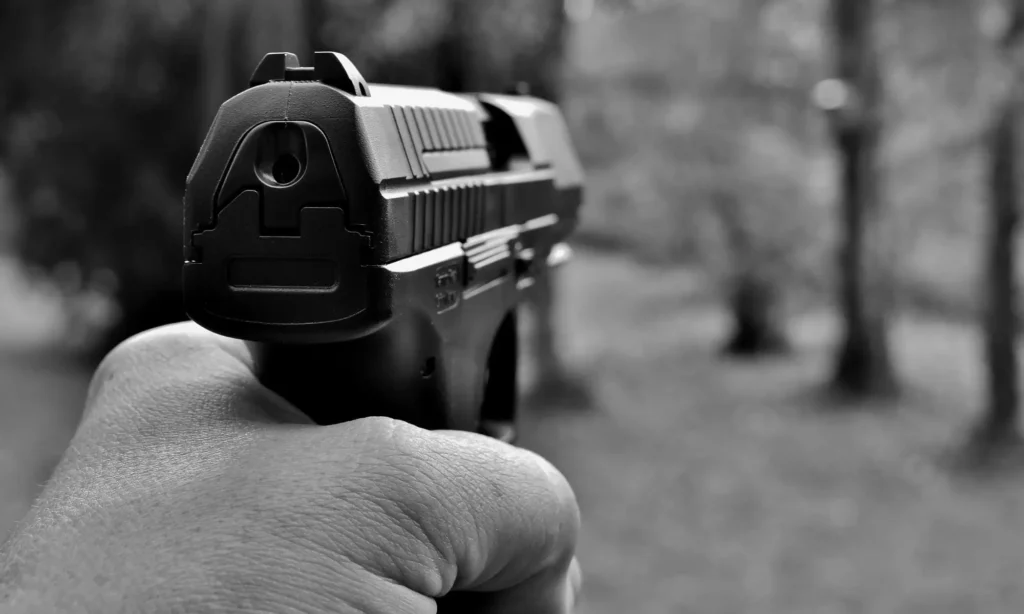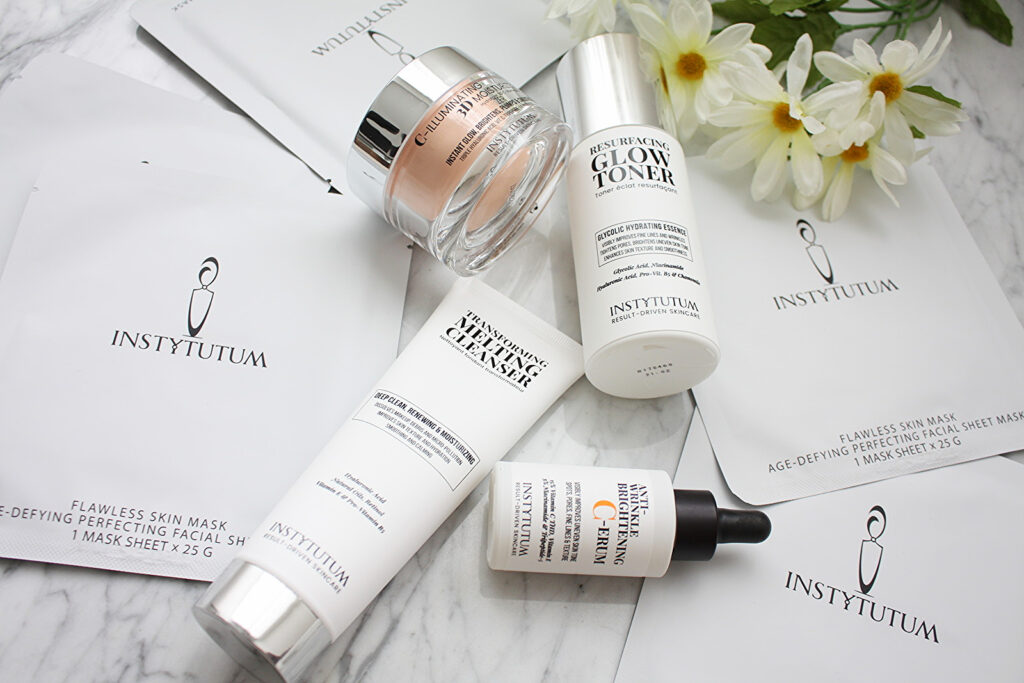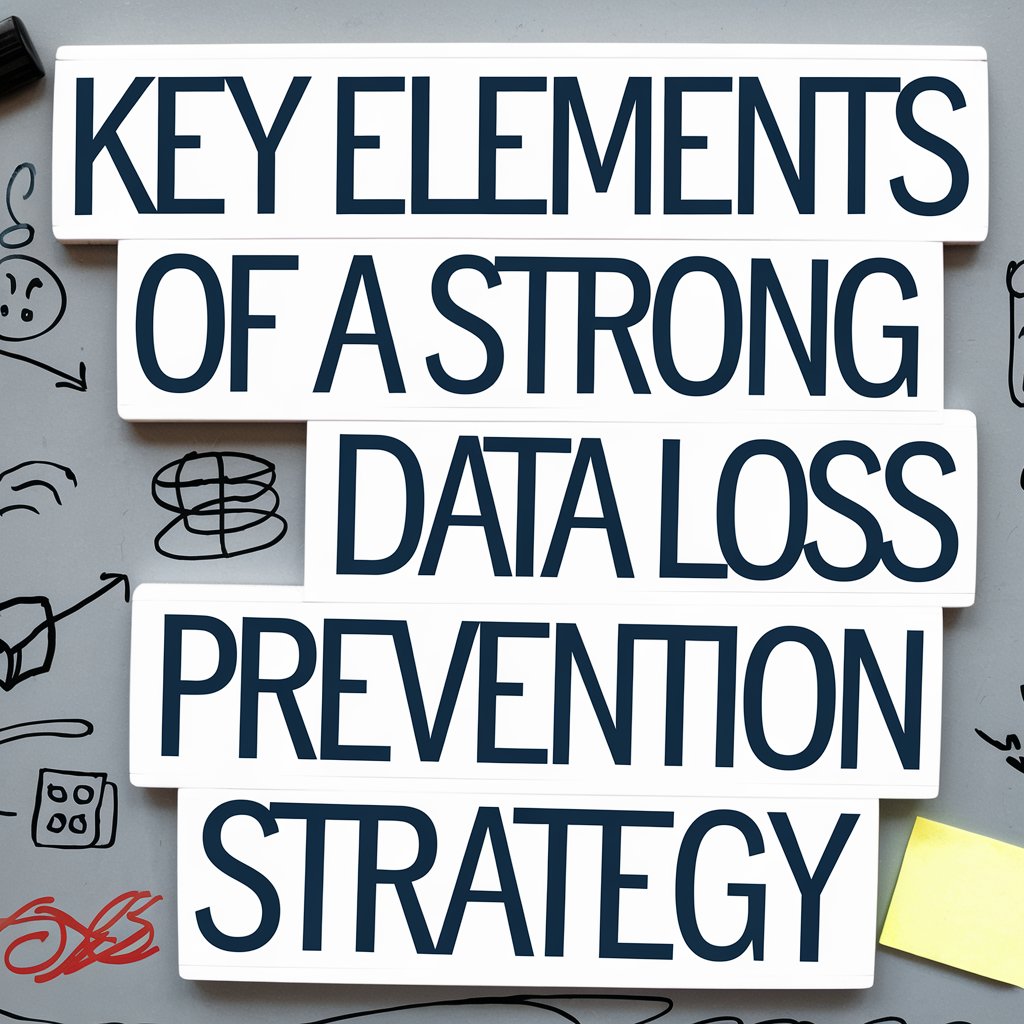The world is filled with surprises, and while many are delightful, some can be unwanted. In such unpredictable situations, self-defense becomes a priority, and handguns are often considered a reliable tool for personal protection. But where do you start? What should you know before deciding to have one in your possession? This comprehensive guide aims to shed light on everything from the types of handguns available, to legal considerations, safety, and training. We’ll also address common misconceptions, ensuring you are equipped with the knowledge needed for responsible handgun ownership.
The Critical Role of Handguns in Personal Protection
Self-defense is a fundamental right, and for many, handguns represent an essential part of personal safety. They offer individuals the means to protect themselves and their loved ones from potential threats. However, it’s crucial to approach this responsibility with respect and diligence. Handguns are powerful tools that can enhance personal security when used correctly and responsibly.
The decision to carry a handgun for self-defense should not be taken lightly. It’s a commitment to understanding the weapon, practicing safe handling, and respecting the legal boundaries that come with ownership. This guide aims to provide insights into the various aspects of handgun ownership to help you make informed decisions.
A holistic approach to handgun use involves not only purchasing a reliable firearm and ammunition but also understanding one’s limits and responsibilities. By addressing these aspects, individuals can better prepare themselves for any situation that may arise.
Exploring Types of Handgun Revolvers vs. Semi-Automatic Pistols
When it comes to handguns, the two primary categories are revolvers and semi-automatic pistols. Each type has its advantages and disadvantages, making them suitable for different needs and preferences. Understanding the differences is key to selecting the right firearm for your purposes.
Revolvers
Revolvers are known for their simplicity and reliability. They have a rotating cylinder that holds the ammunition, and each pull of the trigger advances the next round into position. Some of the benefits of revolvers include:
- Ease of Use: Revolvers have fewer moving parts compared to semi-automatics, making them easier to operate, especially for beginners.
- Reliability: They are less prone to malfunctions, providing a dependable option for self-defense.
- Versatility: Revolvers can chamber a variety of ammunition types, accommodating different needs and preferences.
However, revolvers typically have a lower ammunition capacity, and reloading can be slower than with a semi-automatic pistol. This aspect can be a consideration in high-stress situations where quick reloading may be necessary.
Semi-Automatic Pistols
Semi-automatic pistols are popular due to their higher ammunition capacity and quicker reloading capabilities. They use a magazine to store and feed rounds into the chamber, making them efficient options for self-defense. Key advantages include:
- Higher Capacity: With the ability to hold more rounds, semi-automatic pistols can provide more shots before needing a reload.
- Ease of Reloading: Magazines can be quickly swapped, allowing for faster reloading in critical situations.
- Advancements in Technology: Many semi-automatics feature modern enhancements such as improved sights and ergonomic designs.
Despite these benefits, semi-automatics can be more complex to operate, requiring regular maintenance to ensure reliability. Additionally, they can be more sensitive to different types of ammunition, necessitating careful selection and testing for optimal performance.
Legal Considerations for Obtaining a Handgun
Before purchasing a handgun for self-defense, it’s essential to familiarize yourself with the legal requirements and processes involved. Laws regarding handgun ownership vary widely between states and countries, encompassing everything from permits and licenses to background checks and registration.
Obtaining a Permit
In many regions, obtaining a handgun for self-defense requires a permit. This process typically involves a background check, which may consider factors like criminal history and mental health. Additionally, applicants may need to demonstrate proficiency with firearms through training and certification.
Understanding the specific legal requirements in your area is crucial. Research local laws and regulations, and consult with legal authorities or firearms experts to ensure compliance. It’s worth noting that these requirements are in place to promote responsible ownership and public safety.
Choosing Trusted Sources
When purchasing a handgun, it’s imperative to buy from reputable and trusted stores. These establishments not only provide genuine products but also offer expert advice and guidance. Trusted stores, like those in Schererville, Indiana, ensure that the firearms and 9mm ammunition you purchase meet safety and quality standards, enhancing your overall experience and security.
Reputable dealers can also assist with the necessary paperwork and legal requirements, streamlining the process of acquiring a handgun. Their expertise can be invaluable in helping you select a firearm that suits your needs and preferences.
Training and Safety Tips for Responsible Ownership
Owning a handgun comes with significant responsibilities, and training is a critical component of responsible ownership. Proper training not only ensures your safety but also enhances your ability to effectively use the firearm in self-defense situations.
Prioritize Safety
Safety should always be the top priority when handling firearms. This involves understanding the basic safety rules, such as keeping the muzzle pointed in a safe direction, keeping your finger off the trigger until ready to shoot, and ensuring the firearm is unloaded when not in use.
Regular practice and familiarity with your handgun can also contribute to safe handling. Attend firearm safety courses and training sessions to build your confidence and skills. These programs often cover essential topics such as safe storage, cleaning, and maintenance.
Practice Regularly
Regular practice is essential for maintaining proficiency with your handgun. Visit shooting ranges to hone your skills and become comfortable with your firearm’s operation. Practicing under different conditions can help simulate real-life scenarios and improve your ability to respond effectively.
Consider participating in self-defense courses that incorporate firearms training. These programs can provide valuable insights into defensive tactics and strategies, enhancing your preparedness for potential threats.
Stay Informed
The world of firearms is constantly evolving, with new technologies and regulations emerging regularly. Stay informed about the latest developments in firearms technology and legal requirements to ensure you’re up to date with best practices.
Join online forums and communities where firearm enthusiasts share insights and experiences. Engaging with like-minded individuals can broaden your knowledge and provide access to valuable resources and support.
Debunking Myths and Addressing Concerns
Despite the benefits of owning a handgun for self-defense, there are several misconceptions and concerns that may deter individuals from considering this option. Addressing these myths is essential for making informed decisions about handgun ownership.
Myth 1: Guns Are Inherently Dangerous
One common misconception is that guns are inherently dangerous. In reality, firearms are tools that require responsible handling and usage. Proper training and adherence to safety protocols can mitigate risks and ensure safe operation.
Education and awareness are key to dispelling this myth. By understanding the mechanics and operation of firearms, individuals can develop the skills and confidence needed to use them safely and effectively.
Myth 2: Owning a Gun Guarantees Safety
Another misconception is that simply owning a gun guarantees personal safety. While firearms can enhance self-defense capabilities, they are not foolproof solutions. Effective self-defense involves a combination of situational awareness, conflict avoidance, and physical preparedness.
Training and practice are vital components of a comprehensive self-defense strategy. By integrating firearms into a broader approach to personal safety, individuals can maximize their security and readiness.
Myth 3: Gun Ownership is Only for Experts
Some individuals may believe that gun ownership is reserved for experts or enthusiasts. However, firearms are accessible tools for personal protection that can be learned and mastered by anyone with the right training and dedication.
Programs and resources are available to support individuals at all levels of experience, from beginners to seasoned firearm enthusiasts. With the right guidance and commitment, anyone can develop the skills needed for responsible handgun ownership.
Conclusion
Owning a handgun for self-defense is a serious decision that demands careful thought, training, and compliance with legal regulations. Understanding the various types of handguns, legal requirements, and safety protocols is essential for making informed choices. Responsible ownership involves respect, regular practice, and seeking expert advice to ensure personal security and the protection of loved ones.






